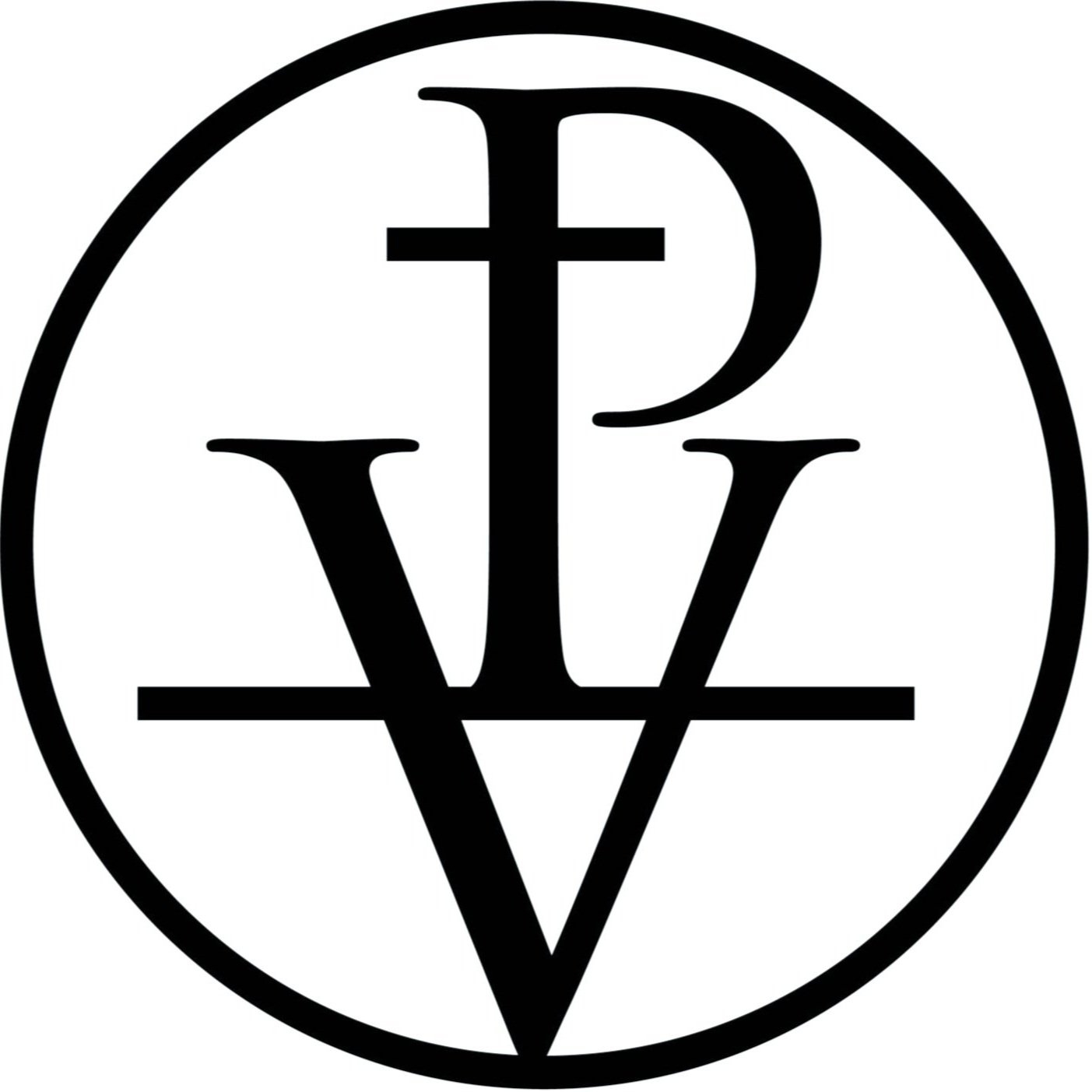
THE VIHUELA
The Vihuela was a popular instrument during the Renaissance - 15th to 16th Century throughout the southern countries of Europe especially Spain, Portugal and Italy. The plucked form of the instrument is most commonly referred to as the Vihuela de mano. Handed down to us from posterity are a number of invaluable manuscripts of great beauty from a number of remarkable composers. The Vihuela was contemporaneous with the Lute which became the increasingly favoured instrument. With time the popularity of the Vihuela seemed to pass away along with its complex polyphonic music. The Baroque guitar is generally seen as its successor, taking up much of its role and function. The Vihuela has only recently once again emerged and rings forth its unique beauty on the concert stage as a popular instrument in the programs of Early Music and performance practice specialists. It is absolutely fascinating that despite the immense popularity of the Vihuela there are only three surviving historic instruments.
LUYS MILáN (1500-1561)
FANTASIAS X TO XII (Part 3)
Fantasias VII to IX
FANTASIAS I to VI from EL MAESTRO
Renaissance Vihuela constructed by Barbara Ferloni www.appizico.de
Luis de Milán is certainly the most renowned of the composers for Vihuela, and his sole music publication the very substantial "El Maestro" Libro de música de vihuela de mano intitulado El maestro published in 1536 is the first known book of instrumental music to have been printed in Spain. It is also another first, as it is one of the first documents to specify verbal tempo indications in music.
THE "EL MAESTRO"
"El Maestro" here refers to the "The Teacher" - there is no other manuscript previous to Milan's publication that makes such a claim to its pedagogical purpose - as explicitly stated in its introduction. The entire book is organized in a progressive manner. The book is divided into two sections consisting of 72 compositions in total it is primarily composed of Fantasias of which there are 50 in total - 28 in the first and 22 in the second section. Each section concludes with a group of songs for voice and Vihuela - all other pieces are for solo Vihuela. The most famous and frequently performed works of Milán is the group of 6 Pavanas that conclude the solo music in Book I.
Frontispiece to Libro de música de vihuela de mano intitulado El maestro
The great composers of the Vihuela:
El Maestro by Luis de Milán (1536)
Los seys libros del Delphin by Luis de Narváez (1538)
Tres Libros de Música by Alonso Mudarra (1546)
Silva de Sirenas by Enríquez de Valderrábano (1547)
Libro de Música de Vihuela by Diego Pisador (1552)
Orphénica Lyra by Miguel de Fuenllana (1554)
El Parnasso by Estevan Daça (1576)





